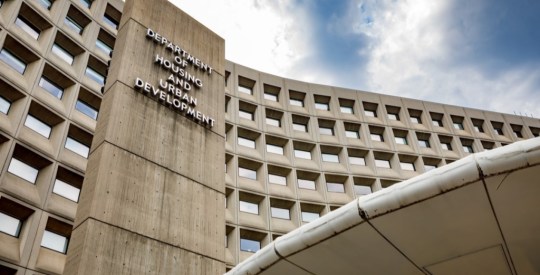The Bank of England’s Monetary Policy Committee maintained the official bank rate at 0.5% and said it will continue its asset purchase plan that will issue £175bn (US$291.6bn) in central bank reserves. The announcement comes as house prices in the UK increased 0.8% in August, the second consecutive month to experience an increase, and the fourth month of the year to see an increase. The UK market may be seeing a summer increase similar to that in the US market in terms of sales activity and prices, while interest rates have remained artificially low from similar government purchase programs. The increases have been slight across the UK, as the average house price moved from £160,861 in December 2008 to £160,973 in August 2009. Also, on a year-over-year basis, the average house price is 10.1% lower in 2009 than it was in August 2008, according to the Halifax house price index, a monthly report published by HBOS, a subsidiary of Lloyd’s Banking Group (LYG). “Demand for housing has increased since the start of the year due to better affordability and low interest rates. This, together with low levels of property available for sale, has boosted house prices over the last few months,” Halifax housing economist Martin Ellis said. But as the low rates are encouraging buyers to get in the market, the Council of Mortgage Lenders (CML) released a statement reiterating that mortgage rates are set with reference to a complex range of factors, not just one or two as some recent commentary has tended to imply. “It is utterly misleading to look at any individual benchmark rate — whether Bank rate, Libor, or swap rates — and assume that the margin between that rate and the mortgage rate is pure ‘profit’ in the way that some recent commentary has implied,” CML director general Michael Coogan said. “The real picture is not nearly so simple — lenders face a broad range of pressures, both in terms of the cost of funds and the cost of liquidity management and capital. This is causing a change in the relationship between benchmark rates and mortgage rates in comparison with the pre-credit crunch era.” The bank rate has been at its low level since early March, at the same time the asset purchase plan was announced. Originally set at £75bn, the committee decided to increase the purchases to £125bn in May, and increased it again to its current level in August. Write to Austin Kilgore.
Bank of England Keeps Rate Low as Home Prices Increase
Most Popular Articles
Latest Articles
New HUD rule aims to increase lender participation in tribal housing program
HUD says the new rule is designed to increase and streamline Native American borrowers’ access to homeownership.



